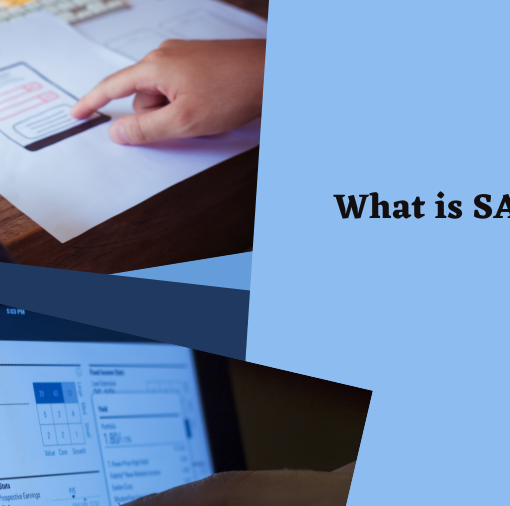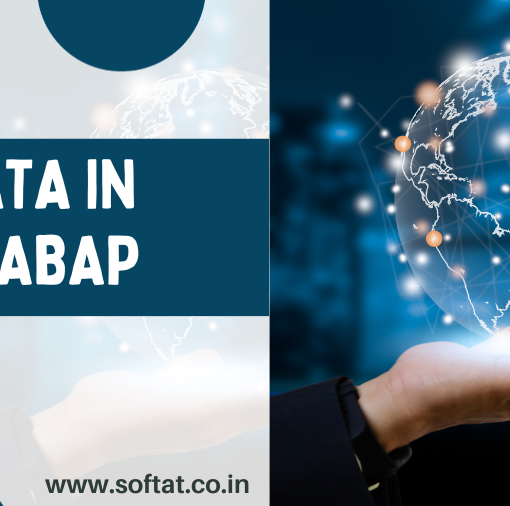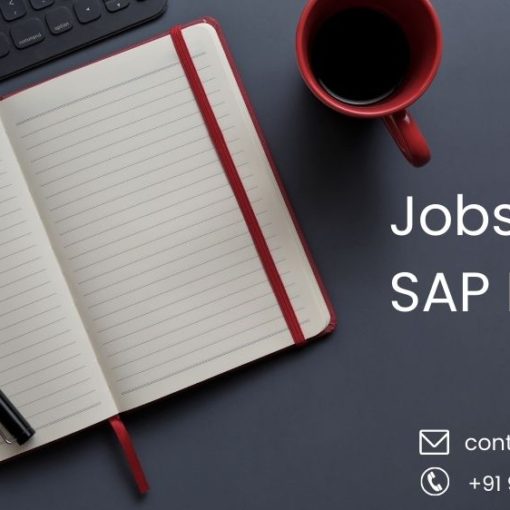The world of SAP solutions is vast and ever-evolving, offering diverse options for businesses seeking to streamline and optimize their operations. One crucial decision in this journey involves selecting the most suitable types of SAP Implementations. This comprehensive blog delves into the three primary implementation approaches, empowering you to understand their nuances and make informed choices for your organization’s specific needs.
Understanding Your Options: The Three Primary Types of SAP Implementations

- Greenfield Implementation:
- Definition: A fresh start, where the organization implements a new SAP system without any existing legacy systems or data migration complexities.
- Benefits:
- Clean and efficient implementation due to a lack of legacy data integration challenges.
- Offers greater flexibility and customization opportunities.
- Minimizes integration and data migration efforts.
- Considerations:
- Requires a clear vision and thorough planning for new processes and data capture.
- May involve higher initial investment compared to other methods.
- Ideal for: New businesses, organizations undergoing significant operational changes, or those wanting complete customization.
- Brownfield Implementation:
- Definition: Leverages existing legacy systems and data, integrating them with the new SAP system.
- Benefits:
- Leverages existing data and processes, potentially reducing implementation time and cost.
- Minimizes disruption to ongoing operations.
- Considerations:
- Requires careful data mapping and migration strategies to ensure data accuracy and consistency.
- May involve challenges in integrating with outdated or incompatible legacy systems.
- Ideal for: Established businesses with existing legacy systems and limited budgets, seeking to gradually migrate to SAP.
- Big Bang Implementation:
- Definition: A rapid and comprehensive approach where the entire SAP system is implemented at once, replacing all existing systems and processes.
- Benefits:
- Allows for a clean break from legacy systems and a faster transition to the new SAP environment.
- Enforces standardization and consistency across the organization.
- Considerations:
- High risk of disruption and potential for errors due to the rapid and comprehensive nature of the implementation.
- Requires extensive planning, resources, and testing to mitigate risks.
- Ideal for: Organizations with a high tolerance for risk, seeking a quick and complete transition to SAP, and willing to invest heavily in planning and execution.
Additional Considerations Beyond Implementation Types:

- Hybrid Implementation: Combines elements of different approaches, such as greenfield for new modules and brownfield for legacy data integration.
- Phased Implementation: Deploys SAP functionalities and modules in stages, allowing for a gradual transition and reducing disruptions.
Choosing the Right Path:
The optimal implementation type depends on your specific organizational context, considering factors such as:
- Existing IT infrastructure
- Budget constraints
- Risk tolerance
- Desired level of customization
- Business continuity needs
Consulting with experienced SAP professionals is highly recommended to assess your unique needs and recommend the most suitable implementation approach for a successful and efficient transition to your new SAP system.
Conclusion:
By understanding the different types of SAP implementations, their advantages and considerations, and the value of seeking expert guidance, you can embark on a well-informed and successful SAP implementation journey, paving the way for optimized business processes and enhanced operational efficiency.
You may be interested in:
Consultant SuccessFactors: Paving the Way to Professional Excellence
Navigating SAP Cloud Solutions: A Consultant’s Perspective




